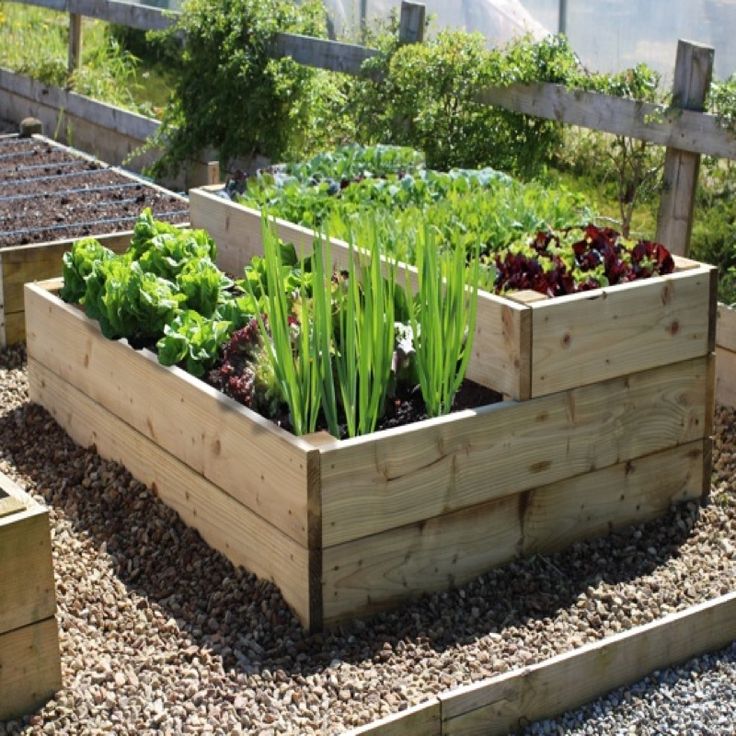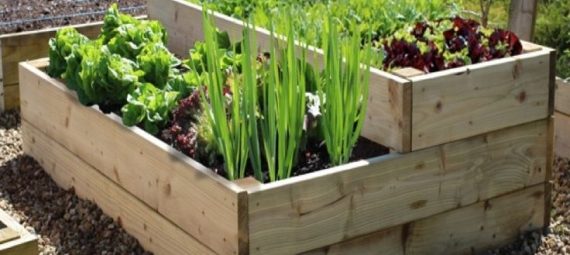Most people will generally resort to hiring a professional when they want to deal with their landscape work. This is often a much safer approach to doing the work themselves, as a landscape architect with some past experience will know whether their client’s plan is a good one or whether it needs some changes. Of course they won’t force you to change your plans if you do not want to, which is why you should be careful with your demands.A lot of people new to landscape designing are prone to committing a few mistakes that can have quite a large impact on the successful of their designs. Following are a few such mistakes that you should try your level best to avoid:

- No Proper Planning – Before you even contact a landscaping service out there, you should have a clear idea on what you are going to do. Are you going for a small touch up for your garden or are you planning on undertaking a much bigger project involving a full overhaul of your home’s exterior? The initial planning stage is important to set up a budget for your activities, which is you need to ensure that you take your time whenever you plan your next project.
- Not Integrating Your Home into the Landscape Design – Remember that your home should always be considered as being a part of your landscape design, or else you will have it stick out like a sore thumb. This will inevitably lead a mismatching style, which can look quite ugly when viewed from afar. Instead of doing such a mistake, try to seamlessly integrate your home into the overall picture, blending it into your landscape design altogether.
- Creating Space Too Small for Practical Use – It is a nice idea to ask your hired landscapers to build a walkway or patio to allow an easier access to any place of your garden, but it can quickly become a terrible design choice if you fail to take proportions into account. Any kind of usable space must be big enough, or otherwise it will only act as decoration material.
- Selecting the Wrong Plants – Whenever you select plants and shrubs to grow in your garden, make sure to select each and every one of them carefully. Different plants have different requirements when it comes to watering, nutrients, sunlight and even temperature ranges to grow properly. Placement is also just as important, as you will find out that some plants grow better on rocky terrain, while others prefer flat land.
- Neglecting Protection Against Wild Animals and Pests – Nicely maintained garden are not only favoured by people, but animals as well. Gardens attract a lot of visitors each day, from small birds seeking a shelter from the intense sunlight to rabbits, deer and other undesirable animals who are on the lookout for food. If you fail to properly protect your plants with fencing and chicken wire fences, the latter can quickly wreak havoc in your garden if they get used to doing daily visits.
Avoiding Unnecessary Landscape Design Mistakes

